The Best Getaway: Going Home to an Easy, Island Life
In retrospect, I lived just 20 years in the place I call home. Hardly a good chunk of my life, but still, the most formative years.
Mom sold our house more than a decade ago and all my immediate family are gone. Yet, returning to Hilo, means going home.
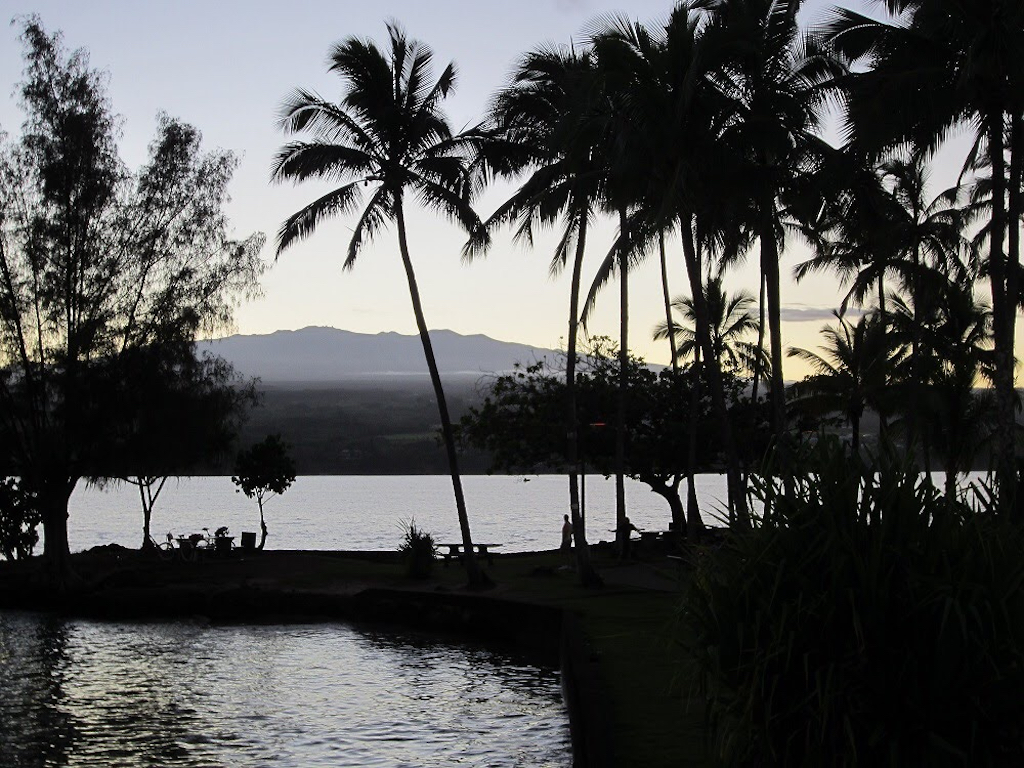
Steve and I are taking a long vacation to the Big Island of Hawaii beginning next week. While we are gone, our house, indoor plants, and garden will be in good hands, cared for by our son.
We are still Covid-wary and plan our travels accordingly. In the spring, Steve and I did a driving trip to Los Angeles to avoid crowded airports. We spent our time in high-ceilinged art museums and beautiful, open-air gardens.
Going home seemed like the next, bolder step. Most of the activities in Hawaii are outdoors, the weather is warm, and there are many good restaurant options, from takeout to fine dining, that can be enjoyed alfresco.
Going Home: The Charm of Hilo
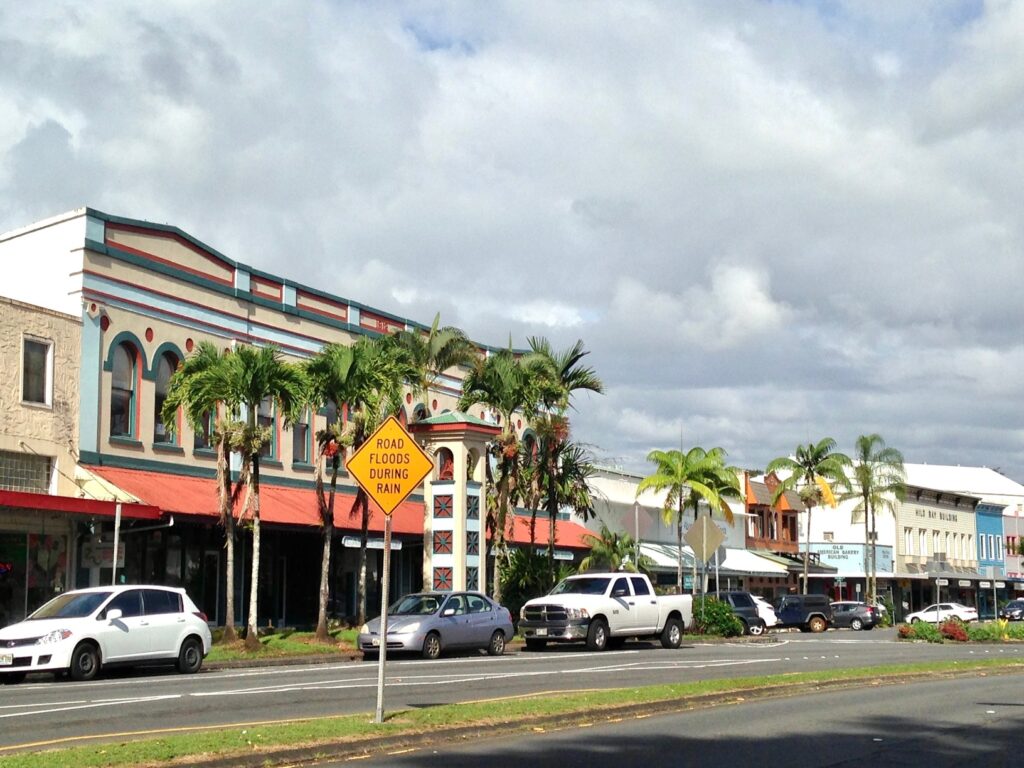
Hilo has never been a tourist destination, unlike West Hawaii, where there are sandier beaches and sunnier weather. But charming downtown Hilo, with many buildings on the National Register of Historic Places, captures a slice of time, with stores, restaurants, and galleries ensconced in old-style, territorial architecture.
On one side of Kamehameha Avenue, the main street, are buildings set in a crescent line; on the opposite side is a grassy field and Hilo Bay. Structures on the bay side were demolished by the 1960 tsunami and never rebuilt because the town is tsunami-prone.
As a child, I can still remember that horror, the lives lost, and the utter devastation of our town. You can learn more about how tsunamis changed Hilo town at the Pacific Tsunami Museum.
Growing up, downtown Hilo was the town. Major commerce has since moved away to suburban-style shopping centers, but it’s downtown Hilo that attracts me–evoking memories of my father’s workplace in the Amfac building, the old-fashioned drugstore across the street, the Kress store where we bought cheap bangles and inhaled the sweet smell of pink popcorn….
Rekindling Taste Memories
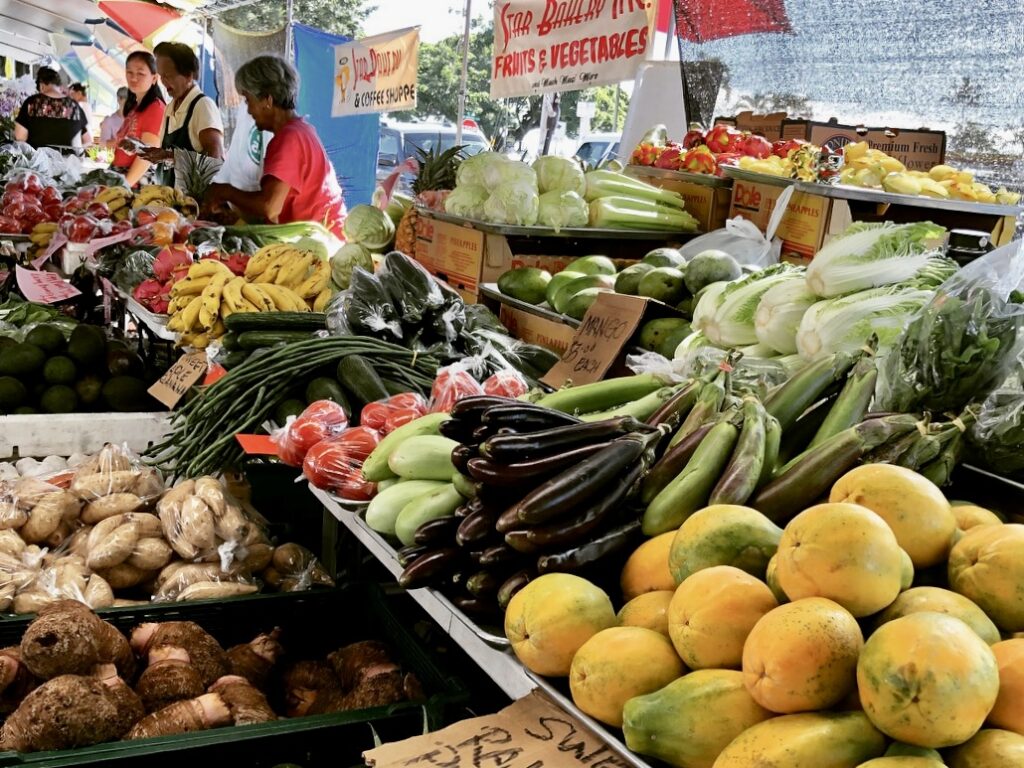
The legendary Hilo Farmers’ Market is a food lover’s paradise. From tropical fruits, to flowers, prepared foods to arts and crafts–there’s much to see, taste, and buy. While there was no farmers’ market when I was a child, all the fruits we loved, like passion fruit, papayas, and mangos can be found here–as well as more recent newcomers, such as dragon fruit and mangosteen.
Going home means getting our fill of “local” foods. Mounds of shave ice (called ice shave in Hilo) packed in a paper cone and drizzled with syrup just tastes better in Hawaii. Saimin, Hawaii’s own noodle soup, is our comfort meal. Lunch from an okazuya, Japanese delicatessen, is essential for any picnic. And of course, we need our fix of a Hawaiian plate–kalua pig, lomi salmon, laulau, haupia, and poi.
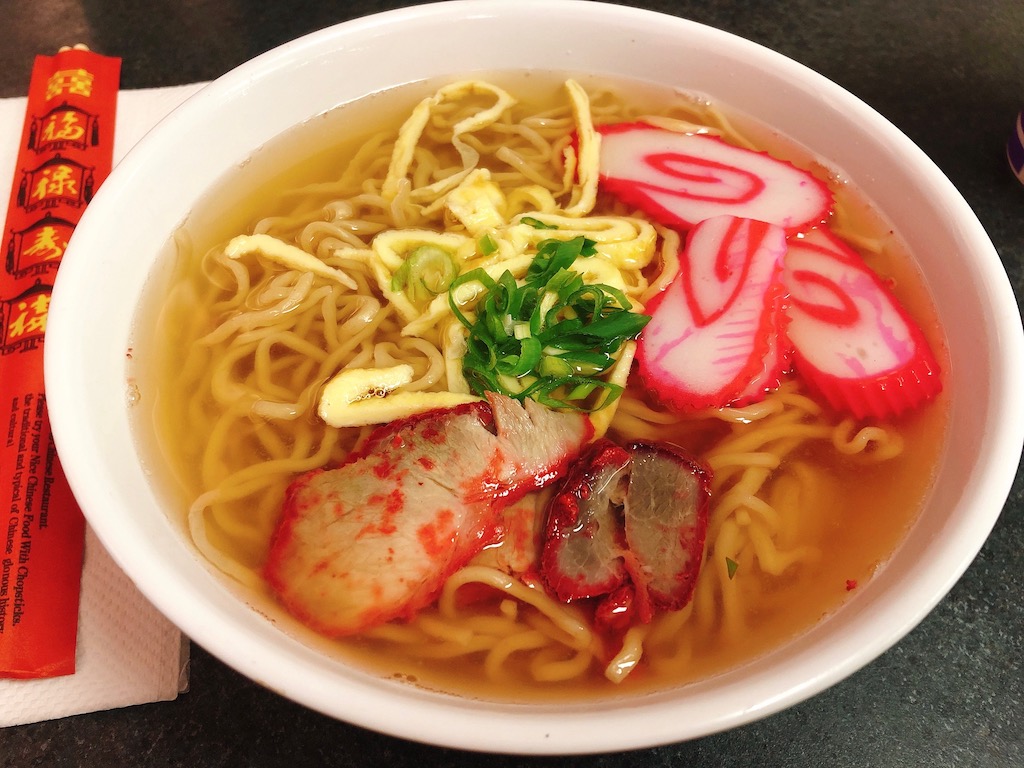
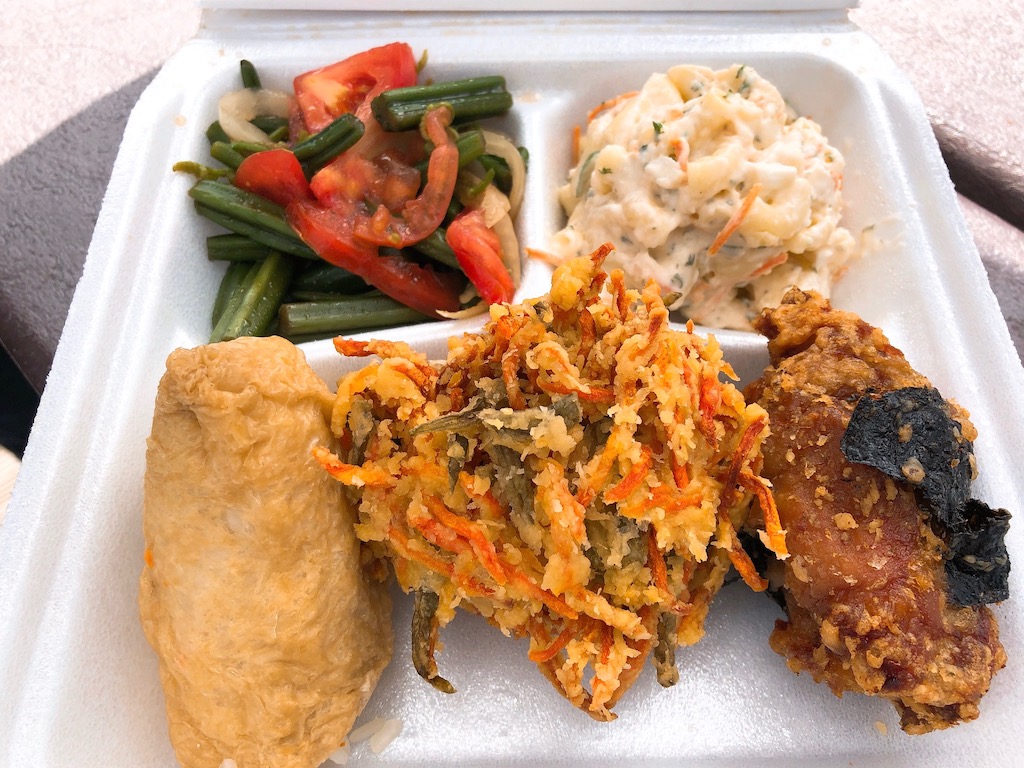
There’s also excellent fine dining on the Big Island, especially at the fancy resorts. When I was food editor of Hawaii’s statewide morning newspaper, “fine dining” meant large, leatherette menus and imported French ingredients. With the advent of Hawaii Regional Cuisine and the growth of the farm-to-table movement, restaurants celebrate the local bounty from land and sea and interweave the culinary heritage of the global melting pot that is Hawaii.
The Beauty and Variety of the Big Island
People usually think of Oahu, Maui, and Kauai when they vacation in Hawaii. But I highly recommend the Big Island for its diversity. From arid lava deserts to lush tropical rain forests, cattle ranches to coffee farms, from black sand beaches to steaming volcano craters, it’s an extraordinary visit.
Going on a trip? Check out my grandma’s guide to travel packing.
The Big Island is steeped in Hawaiian culture and history, with such sites as at Puʻuhonua o Hōnaunau National Historical Park in Kona. When we were kids, this area was just a beach.
Since then, the National Park Service has restored the park, making it the best-preserved and most famous place of refuge in the Islands.
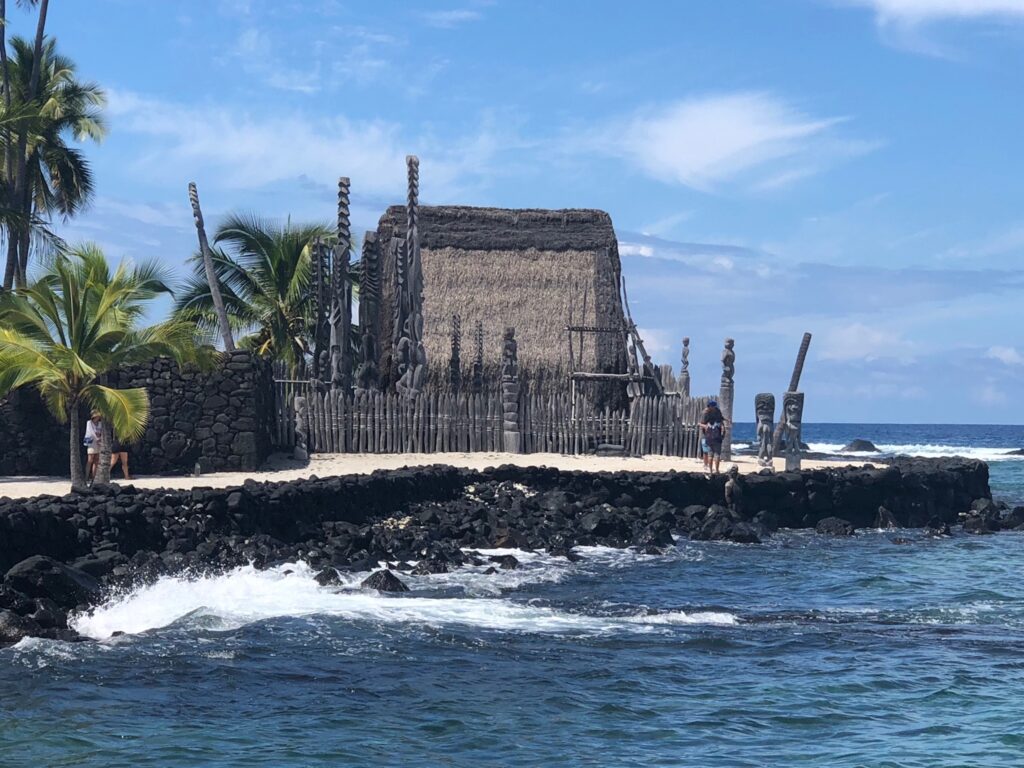
Another extraordinary experience is visiting Volcanoes National Park. Whether there’s a volcano eruption going on or not, the landscape is spectacular, with ominous steam vents that remind us an eruption can happen at any time.
When I was a child, Kilauea Iki erupted in the crater, shooting fountains of red-hot lava over a thousand feet into the sky. Cars from Hilo were backed up on the road to Volcano, eager to get to the eruption site. We could stand around the crater rim safely to watch Madam Pele, goddess of fire and volcanoes, put on a spectacular show. It was unforgettable.

On the other side of the island, Waimea (also known as Kamuela) is lush and green. You can learn more about Waimea and its cowboy history that began in 1793.
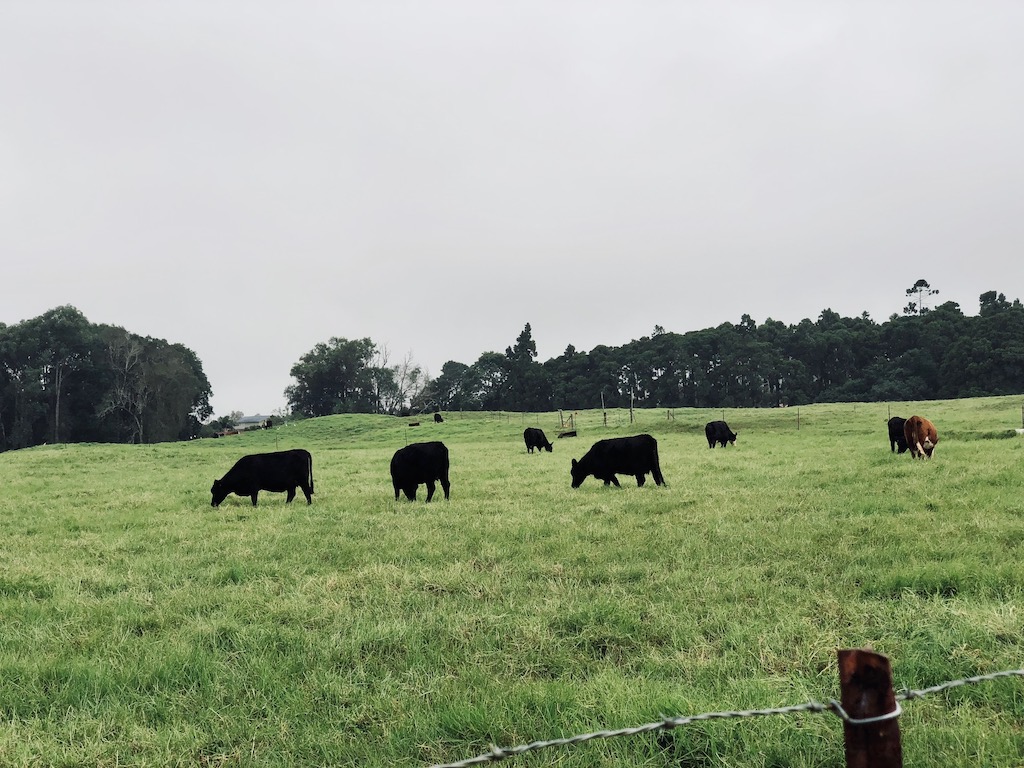
Going Home: Touchstone to Family
My maternal grandparents emigrated from Japan to Hawaii in the early 1900s. They were among the pioneer coffee farmers in Kona. The Kona Coffee Living History Farm preserves the Uchida farmhouse from the 1920s–it could easily have been my grandparents’ farm. They, too, had firewood stacked to heat the outdoor furo (bath) and a water tank at the side of the house to catch the rain, their only source of water.
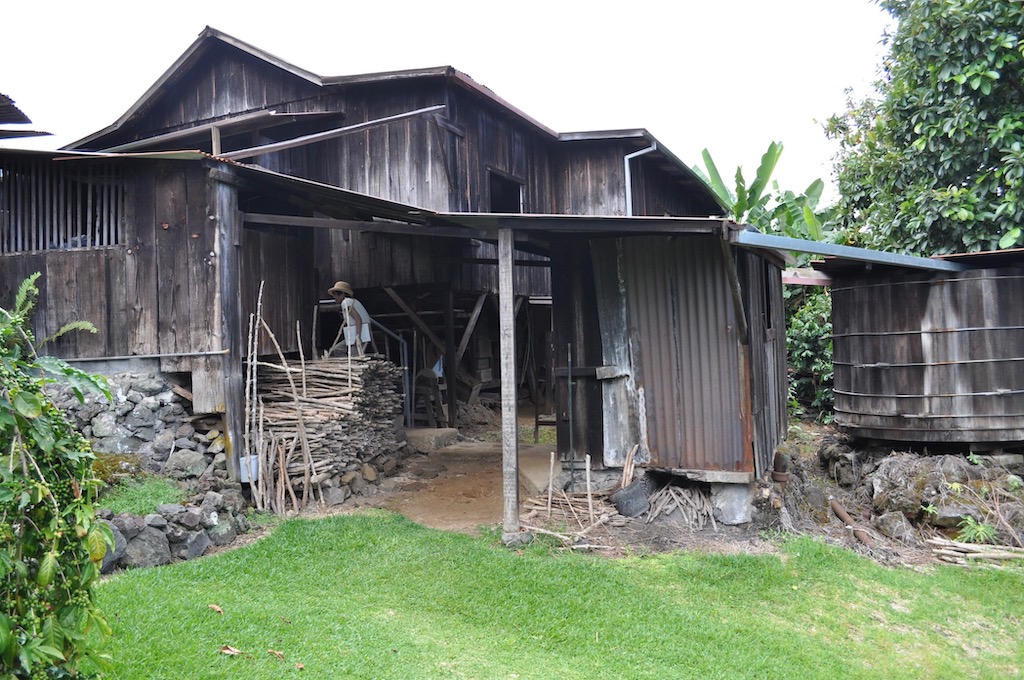
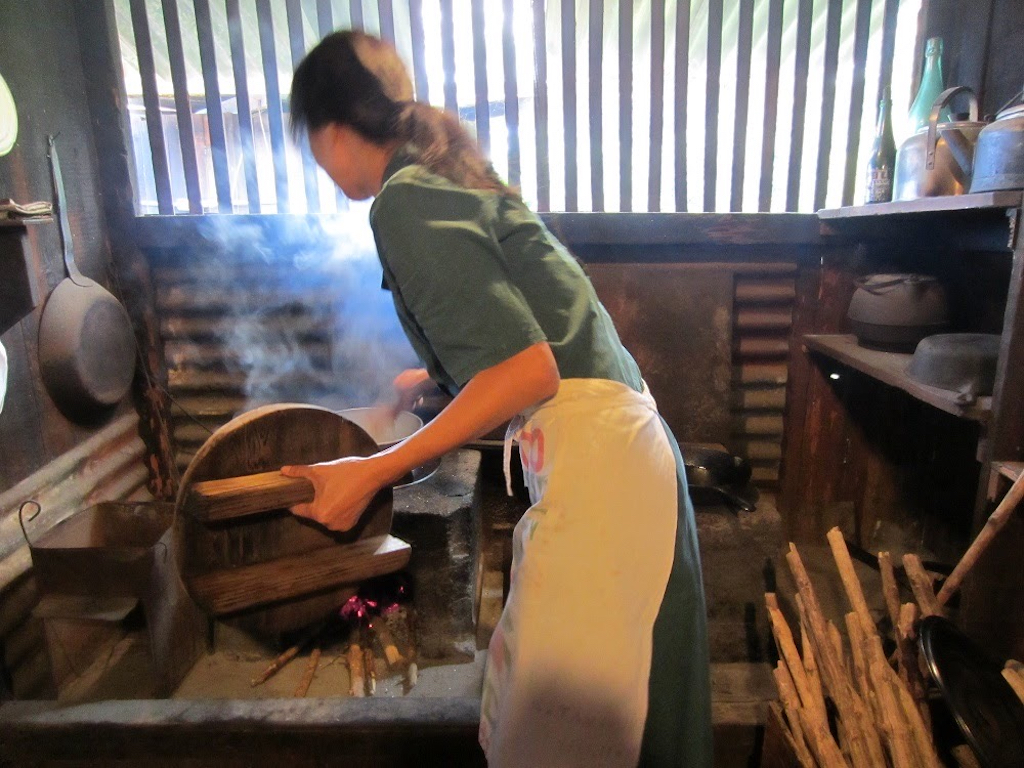
When we go to Hawaii, we also visit the family graves of my grandparents, aunts, and uncles. As is custom, we take anthuriums, the most hardly of flowers, for graveyard duty.
We visit three separate cemeteries in Kona and another two in Hilo. One is the Veteran’s Cemetery. My uncle who is buried there, died in combat in World War II fighting with the famed 442 Infantry Regiment, the segregated unit of Americans of Japanese ancestry.
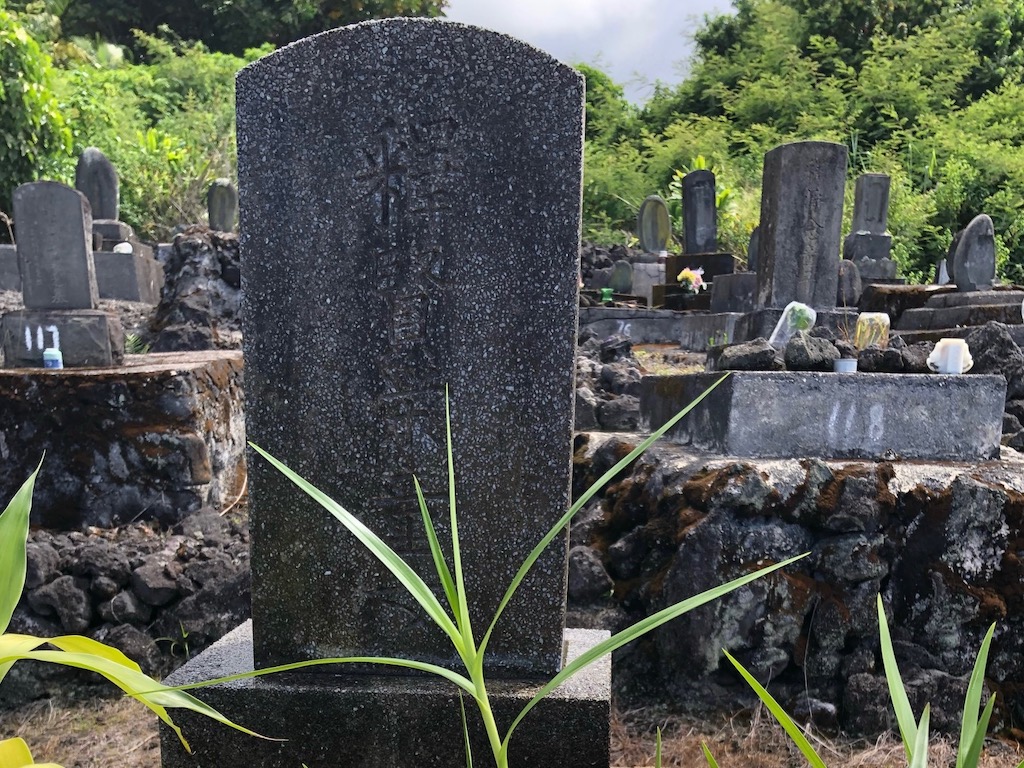
Follow my Journey
I hope you’ll join my trip going home. You’ll find me on Instagram and Facebook, and also under the hashtag, #sandyinhawaii.
There will be no new “Call Me Grandma!” posts until Wednesday, November 23.
Sign Up!
Don’t forget to sign up for my email newsletter. My first post upon my return from Hawaii will be on Wednesday, November 23, when I’ll begin holiday posts with new ideas for activities or insights to nurture the little ones in your life.
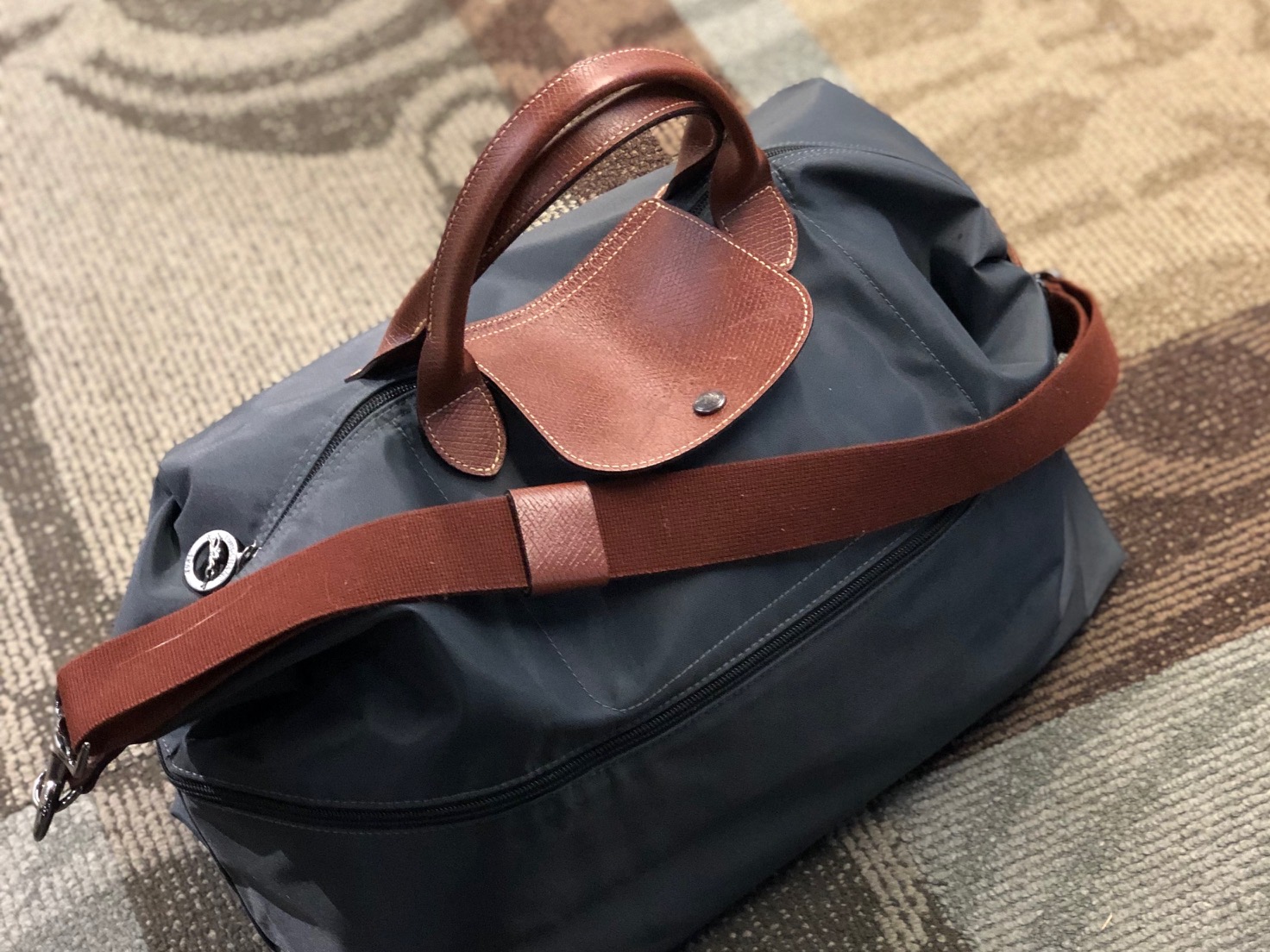
Have a wonderful trip!!
Belated thank you, Anna. It was wonderful–laid back and relaxing. And we missed the Mauna Loa eruption–both good and bad. I’d love to have seen it, but air quality becomes an issue, and I understand some flights have had to be rerouted.